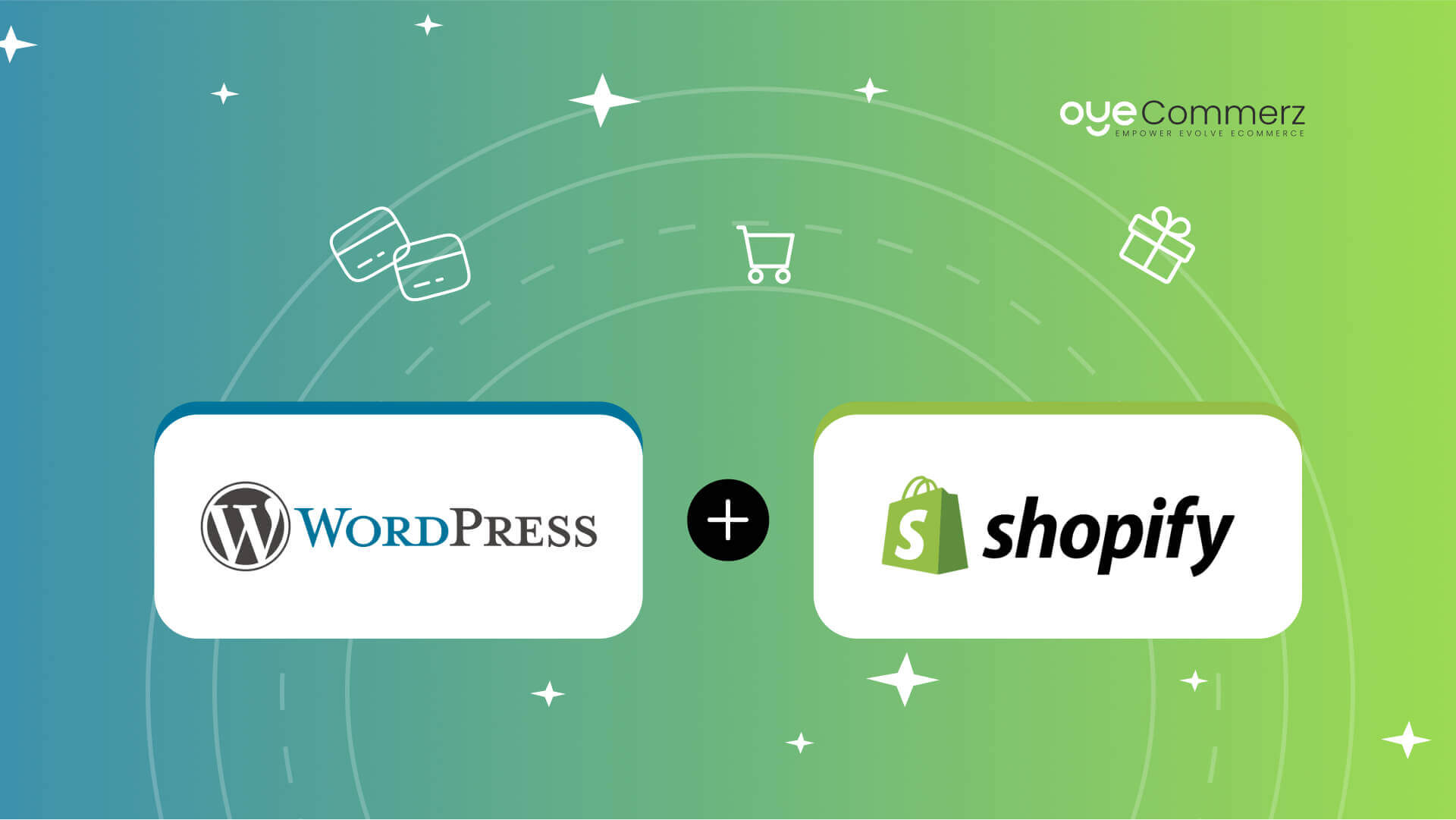Transitioning from WordPress to Shopify is an promising step toward streamlining your e-commerce operations. As businesses grow, choosing a platform that aligns with scalability, user experience, and customization is essential. Shopify is widely recognized as a preferred choice for e-commerce professionals, offering unmatched flexibility, security, and ease of use. In this guide, we will delve into the transformative impact of this migration, highlight the advantages, and share actionable steps to facilitate a seamless transition.
1. Why Switch from WordPress to Shopify?
WordPress, paired with WooCommerce, has served countless online stores. Nevertheless, as businesses expand, issues like plugin dependency, security vulnerabilities, and technical complexities can hinder growth. Shopify, specifically created for e-commerce, eliminates these issues with an all-in-one, user-friendly solution. Statistics back this shift—Shopify powers over 4.4 million stores worldwide, with a documented 10% increase in sales conversion rates for many businesses post-switch.
2. Key Benefits of Shopify for E-commerce Success
Shopify’s robust ecosystem is tailored for scaling brands. Its standout benefits are:
- Seamless Customization: Shopify provides over 80 expertly crafted themes.
- Integrated Tools: Features like Shopify Payments and built-in SEO streamline operations.
- International Expansion: Currency versatility and localization features empower brands to expand internationally.
Additionally, Shopify delivers an uptime rate of 99.98%, guaranteeing your store remains accessible.
3. Preparing for WordPress to Shopify Migration
Before migrating, assess your existing setup. Analyze product data, client information, and SEO performance. Tools like Shopify’s Migration Kit or external tools help ease the transition. Create a comprehensive plan, ensuring all resources—item details, media files, and blog content—are ready for seamless import.
4. Data Migration: A Critical Step
Transferring your data forms the foundation for a smooth platform switch. When migrating from WordPress to Shopify, prioritize:
- Product Information: SKU, descriptions, and groupings.
- Customer Data: Emails, order history, and preferences.
- Search Engine Considerations: Preserve meta tags, URLs, and forwarding paths to avoid SEO losses.
Leverage tools such as LitExtension to facilitate seamless migration while reducing mistakes.
5. Customizing Your Shopify Store
Post-migration, customizing your Shopify store helps it reflects your business identity. Utilize Shopify’s drag-and-drop editor to create layouts with ease. Shopify's themes are optimized for all devices, ensuring a smooth user experience across devices—a key point, since 74% of online shopping comes from mobile visitors.
6. Maintaining SEO During Migration
SEO is vital for maintaining your visibility during migration. Shopify is highly optimized for search engines with clean URL structures, preloaded features, and smooth content management. Make sure you:
- E-commerce website migration Implement 301 redirects for old URLs.
- Optimize new pages with targeted phrases.
- Leverage plugins like Plug in SEO to track analytics after the switch.
7. Essential Tests After Migrating to Shopify
Once the migration is complete, run detailed checks.
Review: - Website speed (Shopify boasts faster speeds in contrast with WP).
- Payment integration reliability and transaction flow.
- Adaptability across devices.
Testing ensures your store delivers a smooth shopping journey from the start.
8. Case Study of a Successful Migration
One such migration success story is Gymshark, a fitness apparel brand that moved to Shopify. Post-migration, the company saw a 60% boost in mobile sales and significantly lowered site downtime. This showcases Shopify setup and customization the potential of Shopify in driving online business success.
9. Challenges and Solutions
Migration comes with challenges, such as data integrity and reconfiguring custom functionalities. However, Shopify’s extensive assistance and external professionals make overcoming these hurdles manageable. Partnering with qualified Shopify developers ensures a smooth transition.
10. Making the Switch: The First Step Toward Success
Migrating from WordPress to Shopify represents a strategic approach to e-commerce. By focusing on growth, streamlining operations, and enhancing the customer experience, Shopify empowers businesses to succeed in competitive markets.
Conclusion
Transitioning from WP to Shopify offers a smart solution that can significantly boost your online business performance. With a robust migration plan, the right tools, and professional guidance, you can achieve new growth opportunities.
Ready to make the leap? Let’s discuss how our Shopify migration services can transform your e-commerce platform. Get in touch today, or ask yourself: Can your business afford to miss out on Shopify’s growth potential?
